

Our changing environment is putting critical stress on California’s water system, ecosystems, and citizens. As warming temperatures evaporate our snowpack, droughts are longer and more severe. When rain does fall, our aging infrastructure can’t keep up with the volume or timing. We need 21st-century water management to capture water when it’s available and store it during dry times to bolster our ecosystem resilience, economic security, and community health.
California’s big-picture water security depends on us. Sustainable Conservation has joined forces with the California Department of Water Resources (DWR) and local water managers to scale our Merced River Watershed pilot project to four additional watersheds in the San Joaquin Valley.
Our catalytic watershed moment is now.
Water for the Future Program Director Aysha Massell brings her keen understanding of how natural infrastructure can weather climate change to this scaling effort.
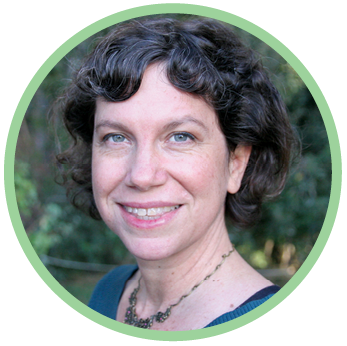

We have to learn how to work within our ecological context, not engineer ways out of it. Rivers have a life cycle. They expand and contract, and floodplains are a critical part of their health and resilience. Reconnecting them throughout California means we can work with extreme flood events upstream, where we have the land and smaller waterways available to put water all over the landscape. We can recharge groundwater, reduce flood risk for communities, improve ecosystems, protect our critical drinking water resources, and create a suite of powerful, adaptive strategies to weather droughts and deluges.”

Aysha Massell

By modeling coordinated water management scenarios with our innovative Groundwater Recharge Assessment Tool (TM) we can find out how much water is available for groundwater recharge in each watershed - but we’re not stopping there. The San Joaquin Valley’s floodplain potential, agricultural footprint, and community drinking water constraints mean there are no one-size-fits-all solutions.
The tool’s flexibility and far-reaching insight help us plan for a rapidly changing climate so we can get projects on the ground that boost community water supply, reinvigorate ecosystems dependent on groundwater, prevent further subsidence, and even provide migratory bird habitat.
Proving and scaling GRATTM creates adaptive and flexible strategies for on-the-ground water conditions, and innovations in our fields, rivers, and watersheds.
Sustainable Conservation board member Adán Ortega draws on his decades of California water experience in supporting GRATTM.
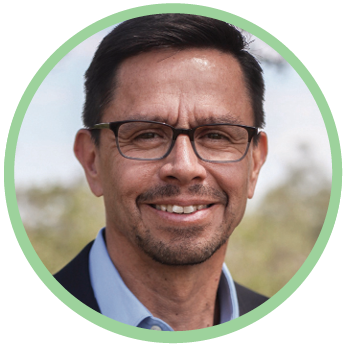

I find GRATTM inspiring because it uses technology to burn in equity in the preservation of precious groundwater for the benefit of farmers, jobs, and the health of local, rural communities through safer drinking water. GRATTM allows water managers to do their work and make investments with transparency, and it allows stakeholders to understand the natural conditions that define choices in the art of groundwater recharge.”
Adán Ortega
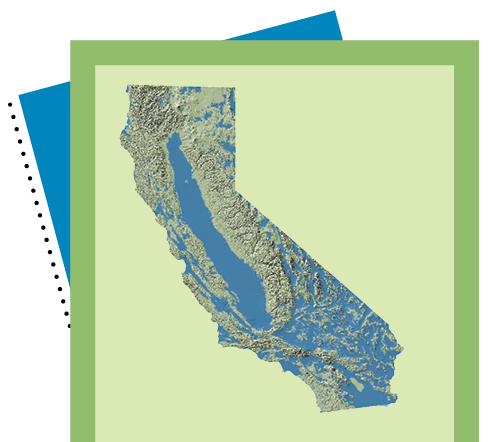

The potential is significant, not just for local solutions to our mounting and compounding water crises. California must change the way we manage water at scale to respond to climate pressures. DWR is leading the charge to convene experts, test solutions, and scale this adaptive climate modeling to additional watersheds - each with unique challenges and opportunities. Kamyar Guivetchi and Ajay Goyal of DWR are long-time Sustainable Conservation partners, water advocates, and experts on what it takes to reimagine our water from the mountains to the Valley floor.
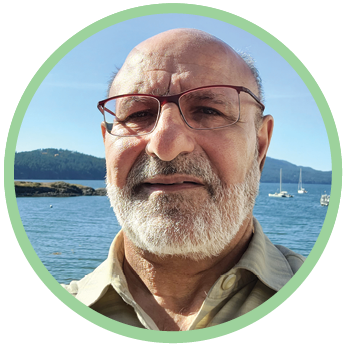

I’m by nature a dot connector and silo spanner. Our efforts can provide a better, more cost-effective balance of flood protection and other benefits, like aquifer replenishment, terrestrial bird habitat, and upping base flows in streams. Conceptually, we recognize that we can do more together.”
Kamyar Guivetchi
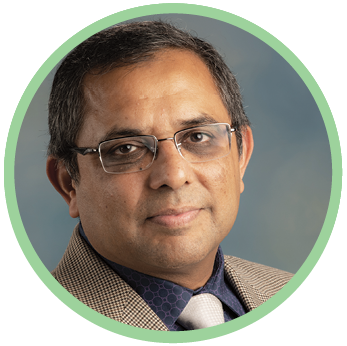

We’re racing against time with our climate. The Merced study taught us a lot about the opportunities that come when managing at a watershed scale. For the San Joaquin Valley watershed studies, we will develop tools including GRATTM in partnership with agencies, within individual watersheds, for their planning needs.”
Ajay Goyal

California’s San Joaquin Valley is a crucible of farming boom and climate risk. People in the Valley depend on dwindling and contaminated groundwater, face significant flood risk, and rely on the farms that drive our powerhouse agricultural economy.
As we manage water at a watershed level, how do we balance the needs of people, farms, and the environment? First, we understand those needs on a cellular level, with community buy-in, and build a space to support solutions with more than a limited shelf life.
Eddie Ocampo, Sue Ruiz, and Armando Ortiz’s work at Self-Help Enterprises spans deep community engagement and personal investment in the health and longevity of Valley residents.
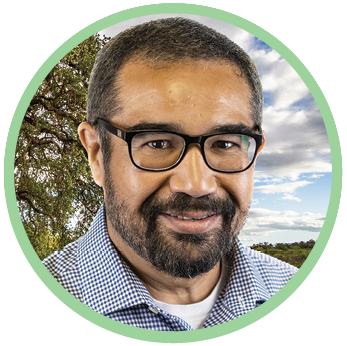

Real community engagement isn’t just building structural projects, but also helping leaders build themselves up to become more effective participants in knowing their own needs, developing solutions, and sharing issues within their communities. Once you’ve started a project, you usually have a group of experts who’ve already identified a solution. You’re informing people. Engaging and supporting from the start just creates more ownership. It’s not enough to have one seat at the table, one vote. Make the time and space, pay community members to show up, provide multilingual materials, create visuals, and draw people in to help them understand the hydrology and science below their feet.”
Eddie Ocampo
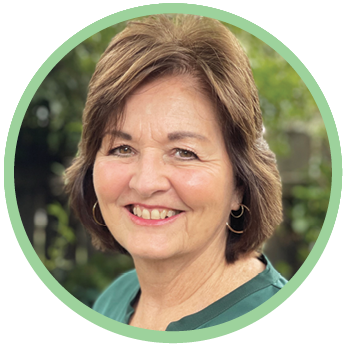

We need to have frank conversations about the true impact of water on local economies. When a community loses access to reliable water, it’s not just in homes or in fields. It’s in the grocery store, the school, the church, the municipal office, the health clinic. It’s in all the businesses that rely on and support agriculture. A reliable water source impacts local employment. When people can’t get fresh food or find a job or can’t rely on any kind of social service, they are often forced to leave, resulting in hollowed-out communities. We don’t often consider all the ways we truly depend on water. That awareness is so critical to building a ‘sustainable’ water future.”
Sue Ruiz
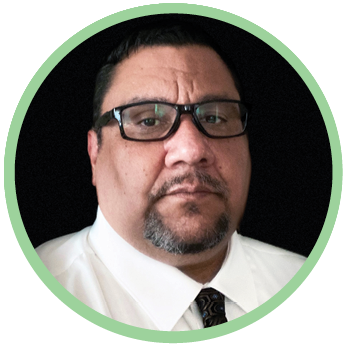

Our challenges are really about everyone’s livelihood. This is who we are. When we talk about being inclusive, we must ask who’s part of our communities, and gauge how their livelihood will be potentially affected. We need to intentionally engage people where they’re at to where they need to be in order to benefit the community-at-large. It will take large- and small-scale farmers, skilled farm laborers, and local ag-related laborers working on farm equipment working together. Inclusivity also invites local Tribes, all interested community members, and local agencies to sit at the table and offer sound solutions that are fair and equitable.”
Armando Ortiz